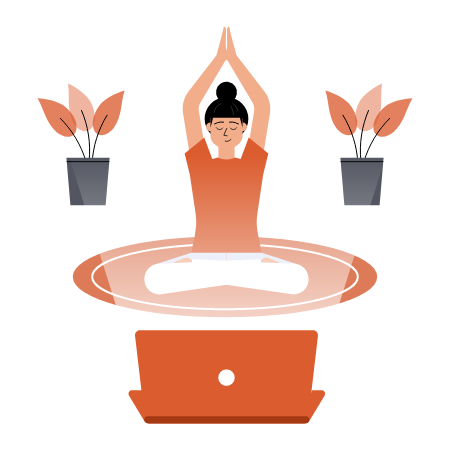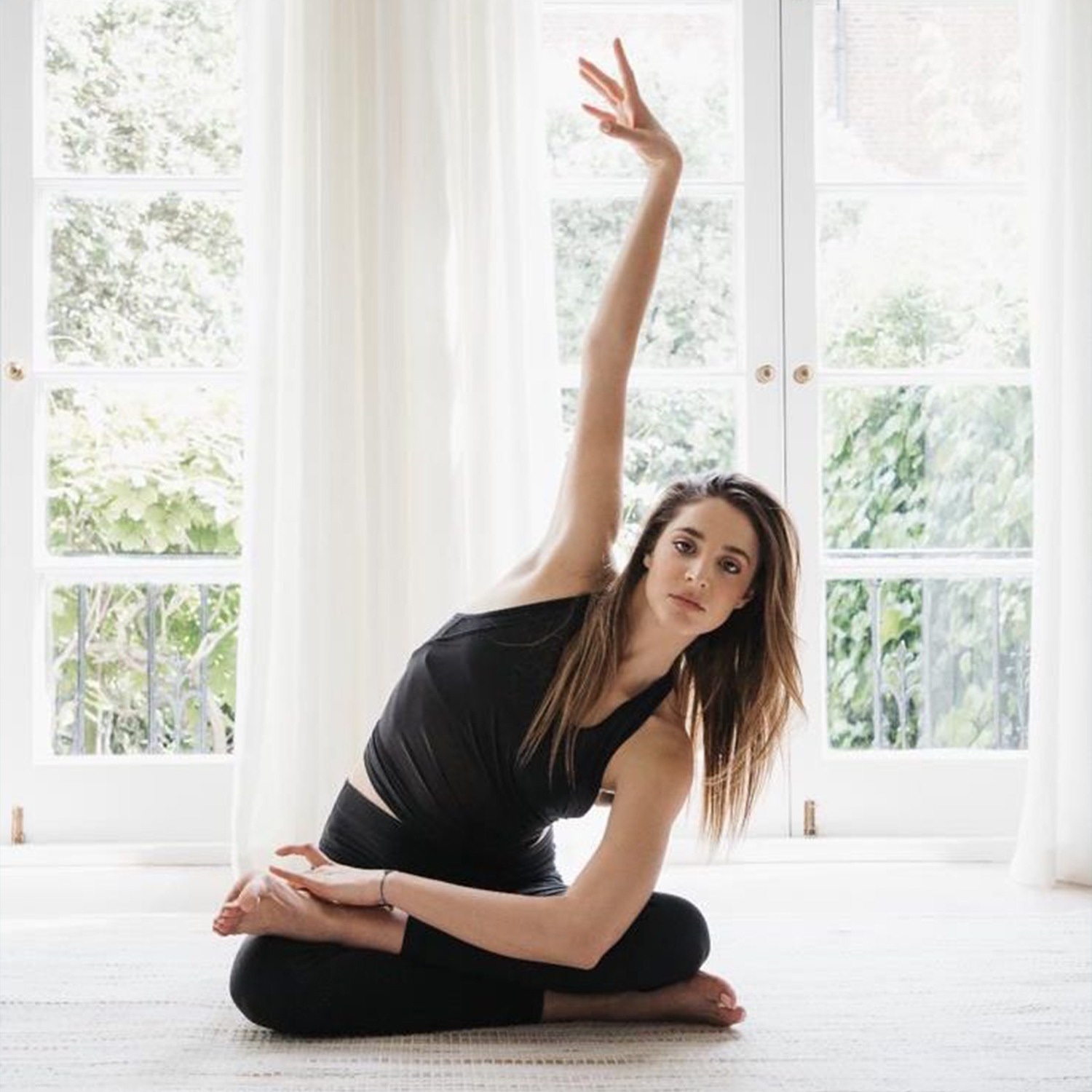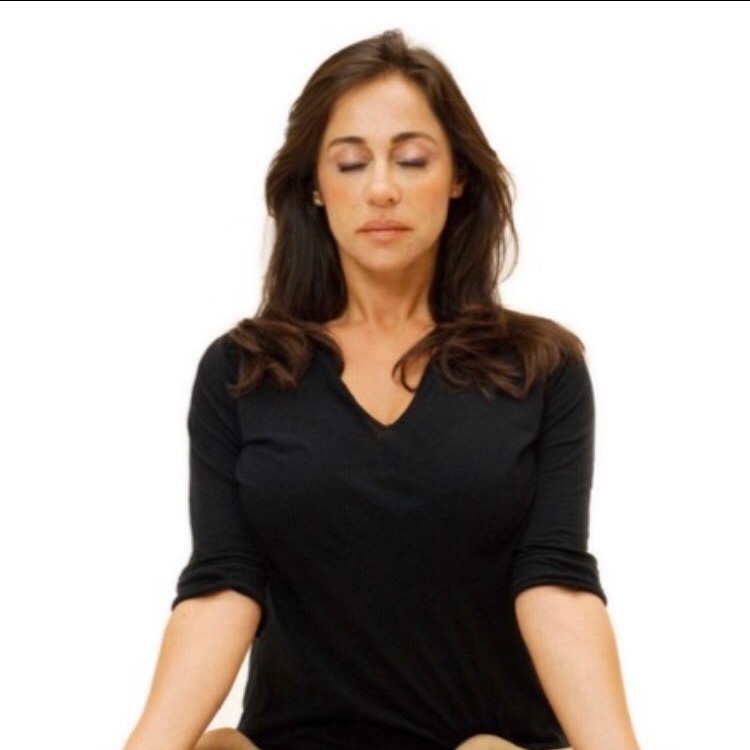Resonance
What echoes with you. Sign up and enjoy entire powerful feature
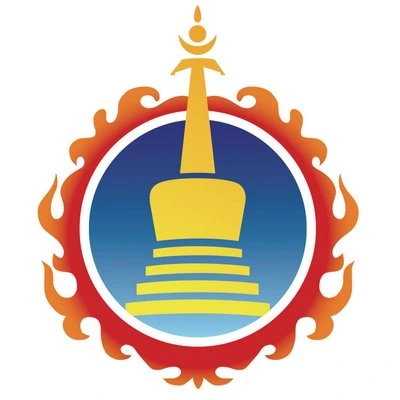
Bodhi Meditation
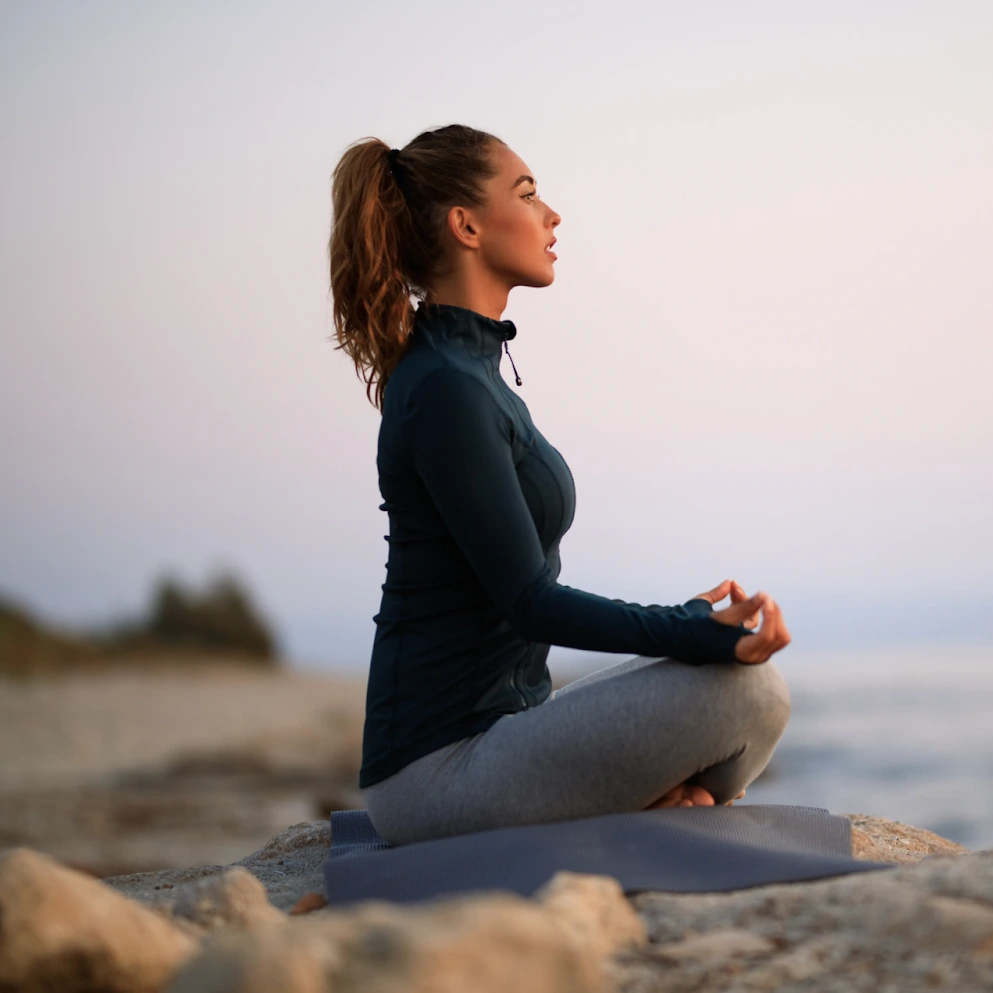
Breathing Meditation
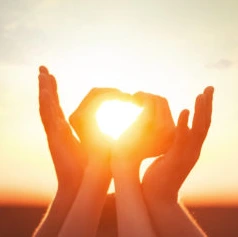
Contemplative Prayer Meditation
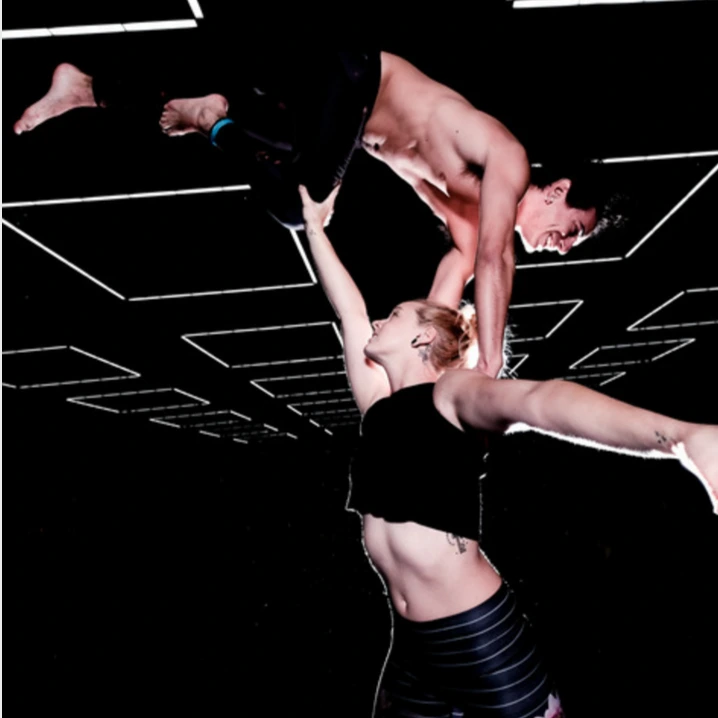
Acro Yoga
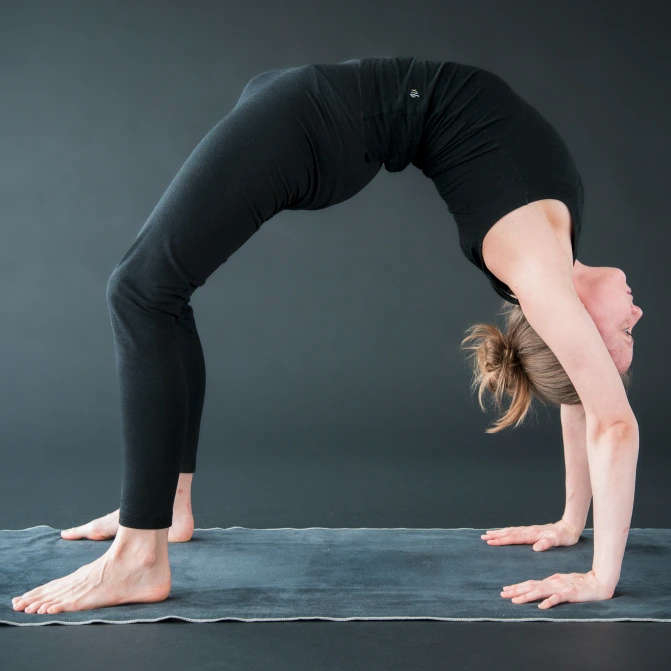
Alignment Yoga
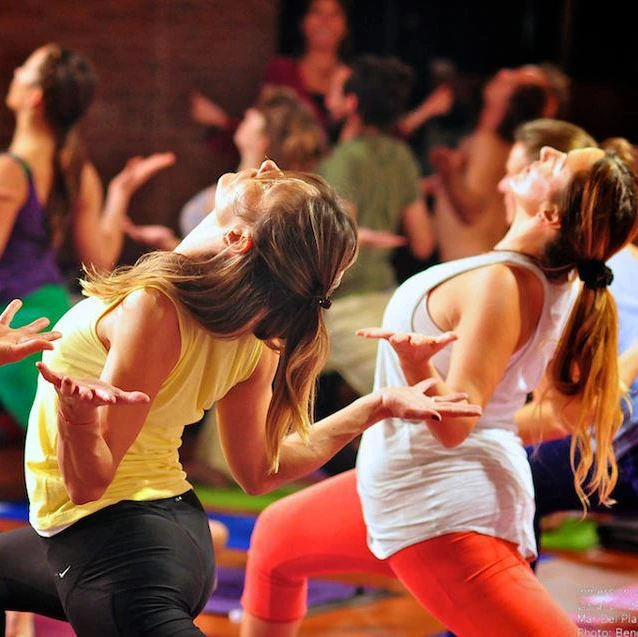
Anusara Yoga


































It is in the roots, not the branches, that a tree's greatest strength lies and this is equally true for humankind. As much as we have evolved, we find our strengths embedded in our roots. Often, we..
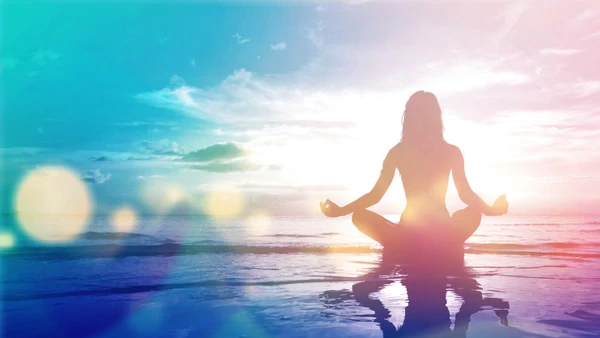
Meditation gurus and sages can often be seen wearing or holding a garland of beads. Mala (or Sanskrit:माला; māl..

Meditation might be more popular and in practice today but it has existed for thousands of years. Meditation is nothing but a practice of turning one’s mind away from unwan..
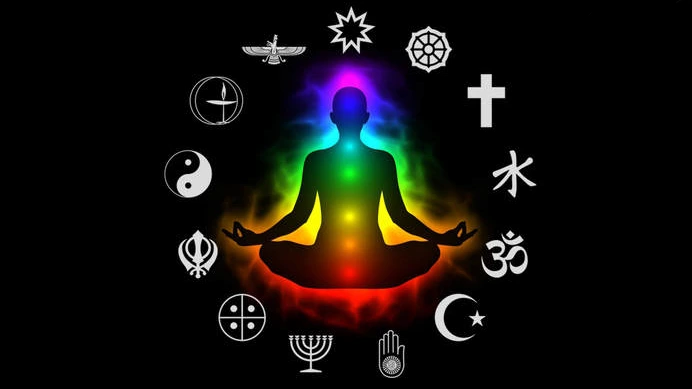
As we embark on a new year in 2021 with collective energies of hope and happiness, it is also a time to reflect on the year that was 2020. The year 2020 would be remembered..


Techniques
(69)
Members
(1679)
Online Members
(NA)
Teachers
(1137)
Spiritual Guides
(30)
Public Figures
(60)
Centers
(2257)
NGOs
(76)
Corporations
(0)
Events
(1)
Online Events
(1)
Retreats
(0)
Wisdom Meetings
(0)
T T Courses
(0)
Readings
(260)
Audios
(352)
Videos
(908)
Pictures











